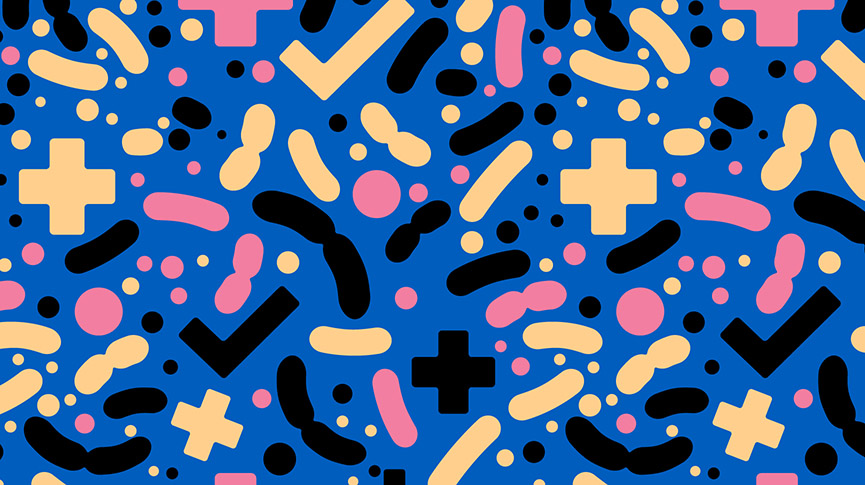How to Tell the Difference Between Bacterial Vaginosis & Thrush

First off, you’re taking the right first step by listening to your body! Symptoms like unusual discharge and pain can let you know something is wrong, and it’s important not to ignore them. Below, we give tips for figuring out if you have a case of bacterial vaginosis or a yeast infection.
It is always ideal to see a doctor to truly determine (but we know access to healthcare isn’t always what it should be) and knowing what symptoms to look for can help your doctor or pharmacist point you in the right direction for treatment. Especially as it’s possible to have both thrush and BV at the same time!
BV, or Bacterial Vaginosis
What it is
As its name implies, this is a bacterial infection of the vagina, caused by an imbalance of the ‘good’ and ‘bad’ bacteria that naturally live there. This imbalance can be caused by sex, but is not a sexually transmitted infection, but it can put you at higher risk for STIs like chlamydia. BV can also be caused by douching, so it’s just another reason why to never ever do it!
The Symptoms
BV generally causes unusual discharge with a strong, fishy odour.This discharge can increase after sex. It doesn’t cause itchiness or pain. Unfortunately, the NHS suggests that up to 50% of people don’t experience symptoms!
The Treatment
Once you go to your doctor and get a cotton swab text to check if the infection is BV. There are also some at home tests available at the pharmacy. If you do have BV, it is treated with antibiotic tablets or gels or creams. It is common for BV to come back within 3 months of first getting it, so you may need to talk with your doctor about figuring out what is triggering it.
Thrush, or Yeast Infection
What it is
Thrush is a type of yeast infection caused by an overgrowth of candida albicans (yeast-like fungus) in your vagina. This already lives in your vagina, but anything that throws your body ‘out of whack’ can cause thrush to be a problem. These include when you’re taking antibiotics, hormone changes that occur due to pregnancy,diabetes or if your immune system is weak. It can also occur when you hang out all day in wet bathing suit bottoms!
The Symptoms
The symptoms of thrush include white vaginal discharge (like cottage cheese), which does not usually smell, itching and irrtation around the vagina, and soreness or stinging when you pee or during penetrative sex.
The Treatment
Treatment may include a combination of pills, creams or pessaries. A pessary is a pill or tablet that you insert into your vagina. It then dissolves, usually overnight. Cream is applied to the genital area. If you have a penis, treatment is a cream that you apply to the area affected.

Lane Baumeister is an internationally-based Canadian writer with several years’ experience creating educational and entertaining articles that discuss intimate health and sexual well-being. When not waxing profound about menstruation, she devotes herself to enjoying extremely good food and equally bad movies.



I have treated myself for both thrush, which I know I had as my partner had symptoms and bacterial vaginosis. My symptoms are pain, having to rush to the toilet but also fishy smell. After thrush treatment, which was Caniston pessary + tablet, a week later I am still feeling sore, so that doesn’t seem to have made any difference. Should I now start taking antibiotics or start seven day course to get rid of BV?